The good news is that at a Northern Ireland digester site, the biogas yield is up 15-25%, depending on feedstock type, after Biosciences Institute (AFBI) implemented an innovative approach to digester tank mixing.
In a world where sustainable energy solutions are more crucial than ever, Northern Ireland's Agri-Food and Biosciences Institute (AFBI) stands at the forefront of innovation.
Their latest breakthrough in on-farm biogas production not only signifies a major step forward in renewable energy technology but also showcases a commitment to environmental stewardship and agricultural efficiency.
This article delves into AFBI's groundbreaking research, exploring how their new digester mixing system is setting new benchmarks in biogas production.
Press Release 30 November 2023:
Retrofit of digester mixers helps Biosciences Institute boost gas yields by 15-25%
Breakthrough in On-Farm Biogas Production
Northern Ireland’s Agri-Food and Biosciences Institute (AFBI) has made a significant breakthrough with its research into on-farm biogas production by introducing a new digester mixing system.
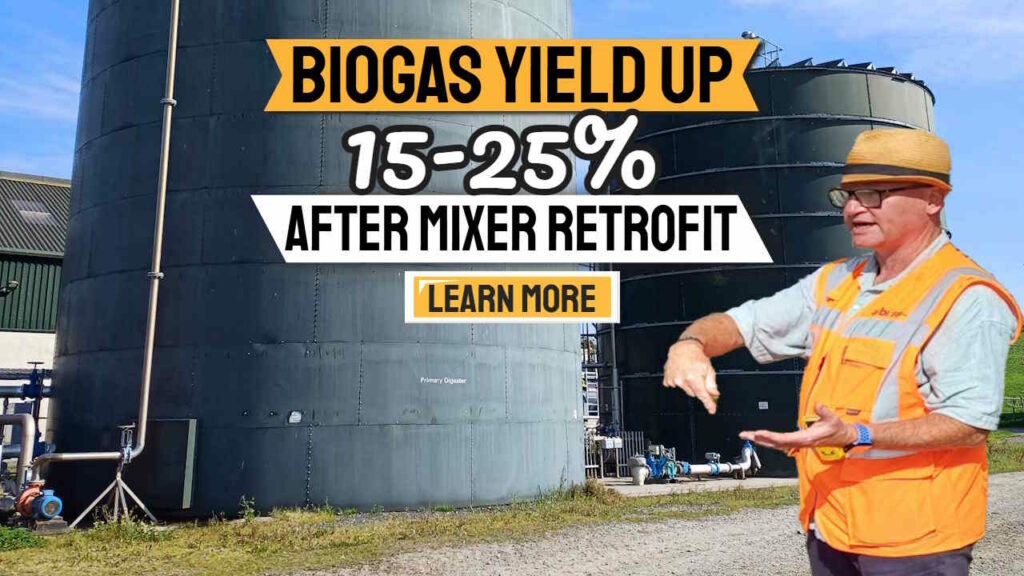
Improved Biogas Yields at Hillsborough Site
At Hillsborough, one of seven AFBI sites that provide scientific research and services to government, non-governmental and commercial organisations, the retrofit of the AD plant’s main digester has improved biogas yields by 15-25%.
First Biogas Plant of its Type in Northern Ireland
At what was the first biogas plant of its type in Northern Ireland, the cow slurry from the site’s 300-strong dairy herd is co-digested with grass silage produced on the research farm, to produce biogas which is combusted in a CHP engine providing heat and electricity for the site.
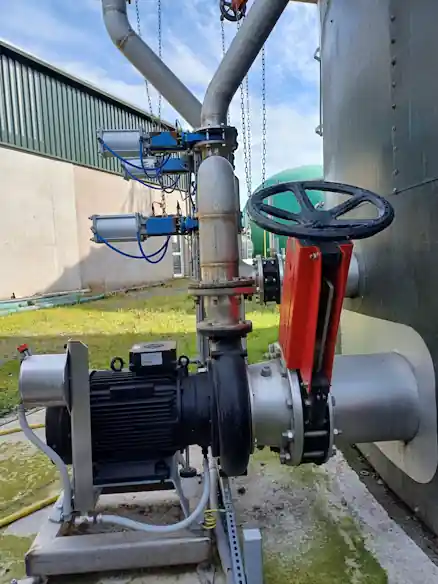
Advantages of the New Mixing System Retrofit
The new mixing system ensured that fresh feedstock was being better mixed in the main digestion tank and was not discharged too early, as witnessed by a higher discharge temperature than that observed from the old mixing system.
Dr. Gary Lyons on the Need for System Upgrade
Dr Gary Lyons from the Agri-Environment Branch at AFBI, said:
“The original mixing system, installed when the plant was built, worked well for a number of years, but eventually a build-up of sludge in the bottom of the primary and secondary digestion tanks meant that we were getting poor digestate mixing.
This impacted biogas production and the level of methane in the biogas. We decided that we needed to shut the system down, clear the sludge from the tanks, and retrofit a new mixing system on to the main digestion tank, which would not give us issues with sludge build-up in the future.”
‘A robust mixing system is critical’
The Importance of a Robust Mixing System
He added:
“At AFBI, we understand that busy farmers have more than enough to do, without having to constantly repair and maintain their biogas plant, so we’ve been able to see first-hand that a robust mixing system is critical. One that doesn’t have any wear parts on the inside of the tank will prevent the big headache of downtime.”
Features of the New Mixing System
The new mixing system in question is a simple, but highly effective one. It is essentially an externally mounted system with a Chopper Pump (invented by Landia in 1950) with venturi nozzles.
Exploring Benefits for Farmers
No working at height. No working in the gas zone. And no costly downtime for servicing.
“There’s more to it than that of course,” continued Gary.
The Landia GasMix provides the dual benefit of both hydraulic and biogas mixing in one system, which was appealing to the AFBI team. We’re not a commercial plant, but our role is to explore all of the possible benefits for farmers. This means not only maximising the amount of clean energy that can be produced but how to achieve that with the minimum amount of energy that goes in.
‘More gas and also better quality gas’
Biogas Yield is Up and Quality is Also Better
“When we were just using slurry as a feedstock, the Landia mixers increased our output from 300 cubic metres of biogas per day of dry solids to typically 360, and as high as 400.
I’m a sceptic by nature, but the results were there right in front of us with our readings; more gas and also better quality gas, with the Landia GasMix system working away without any problems, continuously reducing the particle size of the feedstock.
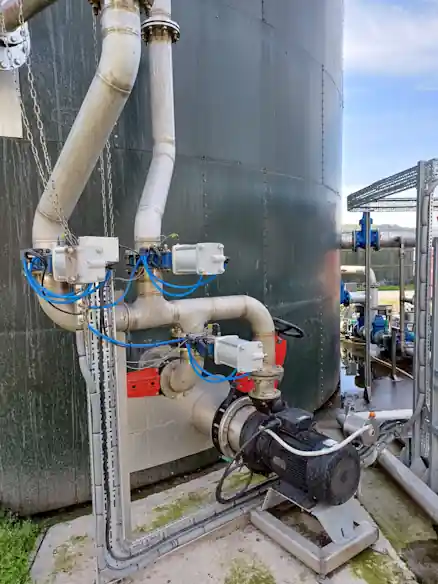
Searching for a Low-maintenance Alternative
“Over time, only two of the 18 lines on the old mixing system hadn’t been blocked. We knew we had to look for a lower maintenance alternative.”
Gary and his team’s search saw them consult with the first biogas plant of its type in the Republic of Ireland, where in County Limerick, impressive performance numbers were being reported at the site owned and operated by Greengas.
Collaboration and Further Innovations
I spoke with David McDonnell at Greengas,” said Gary. “He told me that his plant was benefiting from having Landia mixers. I also looked hard at the Danish Biogas Association’s advice on the use of venturi nozzles for digester mixing at AD plants.
This led to us working with DPS (part of the EPS Group) of Bangor (who supply Landia equipment in Northern Ireland and the Republic of Ireland) to help with their knowledge and experience.
Optimizing Biogas Production
“In this situation, throwing more power at the process isn’t the answer.”
We’ve also understood that dwell times are very important, which takes convincing for some, but through careful fine-tuning, we don’t have to run the Landia mixers flat out to optimise biogas yields; just in 10-minute cycles, so only 30 minutes each hour. We need to experiment more with dwell times to hit the sweet spot of minimal mixing for maximum plant performance.
Effective Digestate Mixing Gets the Biogas Yield Up with Landia System
“We have had no problems with digestate mixing whatsoever since installing the Landia digester mixing system.
By increasing the surface area of the feed with truly comprehensive mixing of the tank, the bacteria get to work much quicker. I do like the fact that the system incorporates biogas recirculation, and we do not appear to have solids settlement issues.
Learning from Experience
“As a scientific research centre, we’ve experienced the good, the bad and the ugly of AD, which should help farmers avoid the downside of those mixing systems that can only be retrieved by having to laboriously drain down the tank and then have to start the whole process from scratch. We won’t be doing that again.
Future Prospects and Research for the Biosciences Institute
“Following the increase in biogas production and methane content that we saw with mono-digestion of slurry as the feedstock, it will be very interesting in time to collate the data from the co-digestion of slurry and grass silage.”
ends
Setting New Standards in Renewable Energy Output
The journey of the AFBI in getting their biogas yield up thereby enhancing biogas production exemplifies the power of innovation and scientific research in confronting today's energy challenges.
By successfully increasing biogas yields and improving the overall efficiency of biogas plants, AFBI is not just contributing to the energy sector but also providing a sustainable solution for farmers and the environment.
Their work paves the way for future advancements, promising a greener, more efficient world of renewable energy.
As AFBI continues to explore and refine their techniques, the potential for further breakthroughs in biogas production remains vast, reinforcing the promise of a more sustainable future.



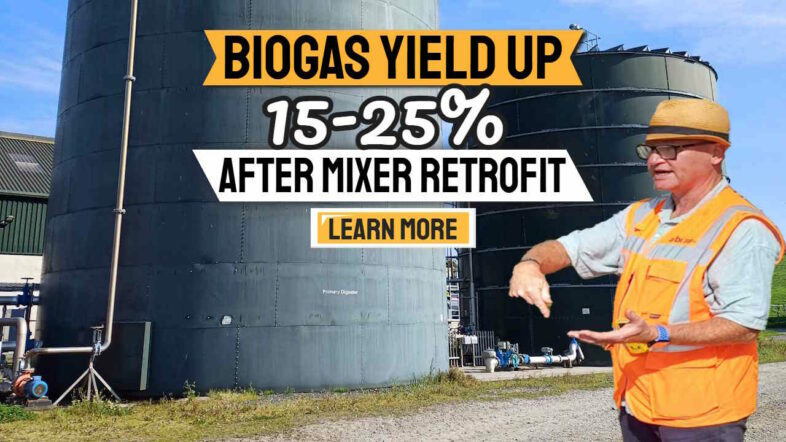
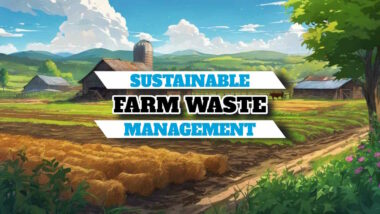
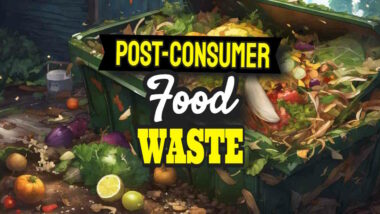


Your website is the most unique one I’ve seen in the three hours I’ve spent on the web today. Also, I think you’ve given us the steer we need to get our digester mixing better.